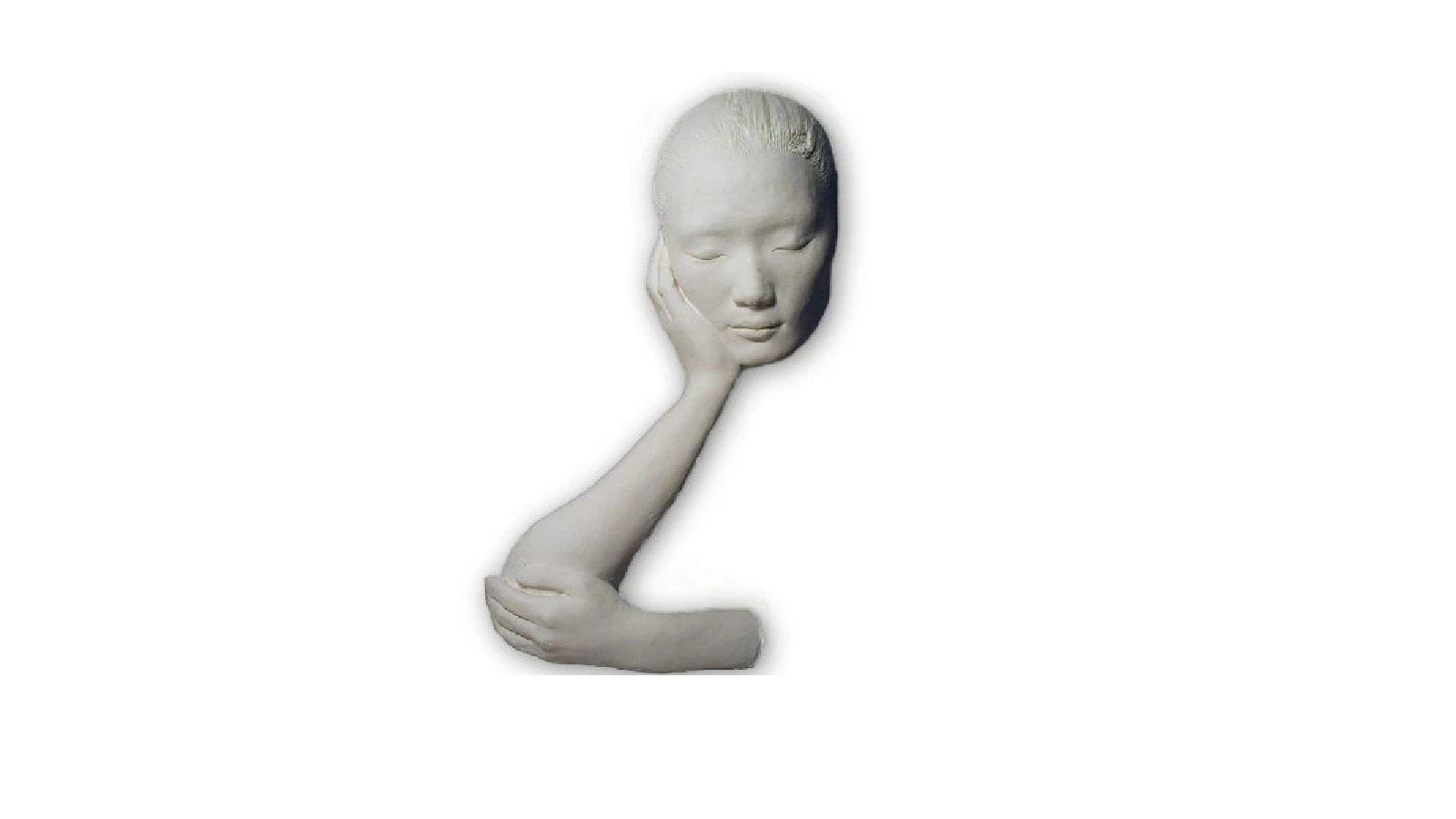We offer 24-hour chat support

An Artistic Homonym
To those of you who follow this blog, the term lifecasting has the meaning of a mold made and then a cast made, that is taken directly from a living person. But to perhaps many more people who are not familiar with this art form, (unfortunately they are still legion) it is a very foreign definition, indeed.
In fact “lifecasting” is now a prime example of a homonym as well the rapid evolution of the English language.
For in this digital age “lifecasting” has become to be defined as a continual broadcast of events in a person's life through digital media and is transmitted through the medium of the Internet—in short, “video streaming.”
In fact the newer terminology has reached around the world. As an example, here is a news report from China:
SHANGHAI: Podcasters from cities all over China have hit the airwaves this week with "life-casting," sharing anything from their blogs and jokes to songs and speeches.
Wangyou.com is the first among a dozen Chinese podcasting websites to pass its podcasts, or home-made or professional audio contents, over to 16 provincial or regional radio stations early this week. The contents from the Internet are being broadcasted daily on the radio in the form of a 30-minute programme called Wangyou Happy Hour (Kuai Le Le Fan Tian). For Wangyou's CEO Buddy Ye, the significance of the initiative goes beyond sharing personal entertainment passions.
We call this life-casting," Ye said.
Anthor conundrum is the proper spelling. How is the term “life casting” written? Is it “lifecasting,” “life-casting,” or “life casting”? In technical English, the Webster’s dictionary it is correct to write it as life casting. However, over time it has been written without the space between the two words, such that accepted practice allows for the written term, “lifecasting.”
But however, way you write the ancient art form continues to grow within the art work and is an important technique in the repertoire of many world class sculptors.




Leave a comment